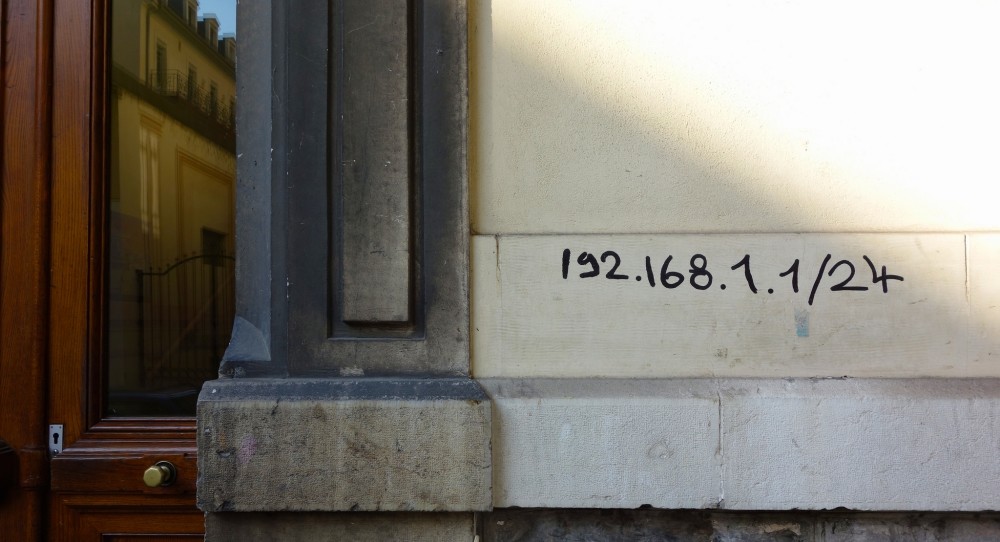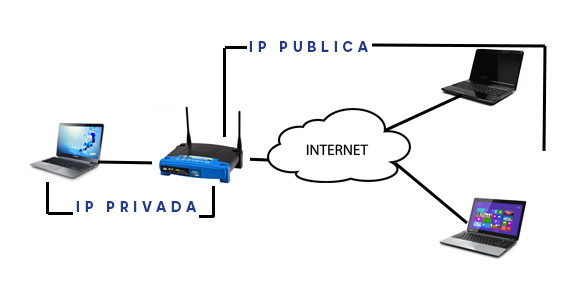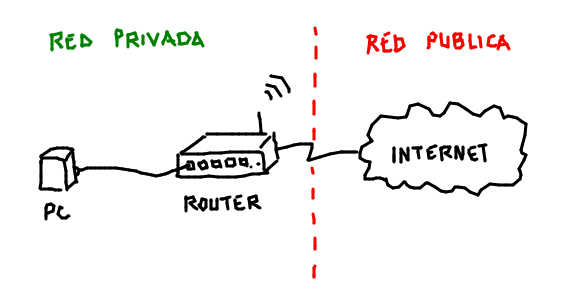
Today we will explain what IP addresses are, one of the most common elements you can find on the Internet. Every web page you visit, any computer you work from, and even the routers you connect to have one of these addresses.
IP means “Internet Protocol,” or what is the same, “Internet Protocol.” It is treated as the name of a communication protocol through the network says. Then, on the other hand, you have the IP address, which is the number you choose or is assigned to you within the network, and which is the Internet’s way of knowing who is who.
They are, therefore, a kind of “registration” to identify you when you are connected. However, there are two types of IP addresses, Public IPs and Private IPs, each with a different purpose.
What is a Public IP, and what is it for?

A Public IP is the address assigned to you by your ISP. These companies provide Internet access, such as Telefónica, Vodafone, etc., and serve to identify you on the Internet when you connect. Although there are also fixed ones, it is common for these IPs to be dynamic and change without you noticing occasionally.
No one can surf the net without an IP, and no web page can be online without an associated IP. When you type an address like ‘www.google.es,’ the browser translates that text into an IP address to connect to the Google page and access its content.
Therefore, these public IP addresses are like the license plate assigned to you when you go online. It is a way to identify yourself as a user in the immensity of the network since no IP can be repeated.
What is a Private IP, and what is it for?

And on the other hand, there are Private IPs, which are used in private networks like the one you create at home by connecting various devices through your WiFi. When you do it, each device, such as your printer, your router, or your smartphone, has its IP, and so that there are no conflicts, they will each have a different IP.
IP addresses are four numbers of up to three digits separated by three periods. The values of each number can range from 0 to 255, so an IP address could be 192.168.1.1. Among the thousands of combinations that can be generated with this numbering, three ranges are reserved exclusively for private IPs, which are the following:
- Class A: 10.0.0.0 to 10.255.255.255.
- Class B: 172.16.0.0 to 172.31.255.255.
- Class C: 192.168.0.0 to 192.168.255.255.
Class A is for larger networks, such as those of international companies. Class B private IPs are for medium-sized networks, such as university networks, and Class C addresses are typically used for smaller home networks. For example, IP 192.168.1.1 is part of class C, so it is reserved to enter your home router.
You mustn’t confuse the IP address with the MAC address. The MAC is a unique identifier for device network cards and is usually fixed for each device (although you can change it). Meanwhile, your computer’s IP does not always have to be the same, and more than to identify devices, it serves to identify you as a user on the Internet.
It must be made clear that private IPs are not repeated within the same network. This means that in your house, each connected device will have a different IP without any being repeated, but in my house, one of my devices can have the same IP as yours because they are different networks.

You also have to be clear that the private IP of your computer is not the same as the public one. Within your network, your computer will identify itself among the rest of the devices with its private IP, but when you go out to the Internet, you will do so through a public IP that will be different.
How can I get my IP?
Being the identifier with which you go online, it never hurts to know your public IP. Different methods depend on your operating system to obtain it, but the easiest way is to resort to a page specialized in showing it to you. There are hundreds of them, and it is a fast method that does not depend on your operating system.
For example, just by entering pages like See my IP or CualEsMiIP.com, you can see automatically and without having to click on any site what your public IP is. You can also check if you are browsing through a proxy that hides your real IP.
With these methods, they will obtain your Public IP addresses, which are the most useful when browsing the web. You can obtain private IPs in the network configuration of your operating system ( Settings -> Network and Internet -> See network properties in Windows 10), in which, among other data, your computer’s IP will also appear within your home network.

Sharlene Meriel is an avid gamer with a knack for technology. He has been writing about the latest technologies for the past 5 years. His contribution in technology journalism has been noteworthy. He is also a day trader with interest in the Forex market.











